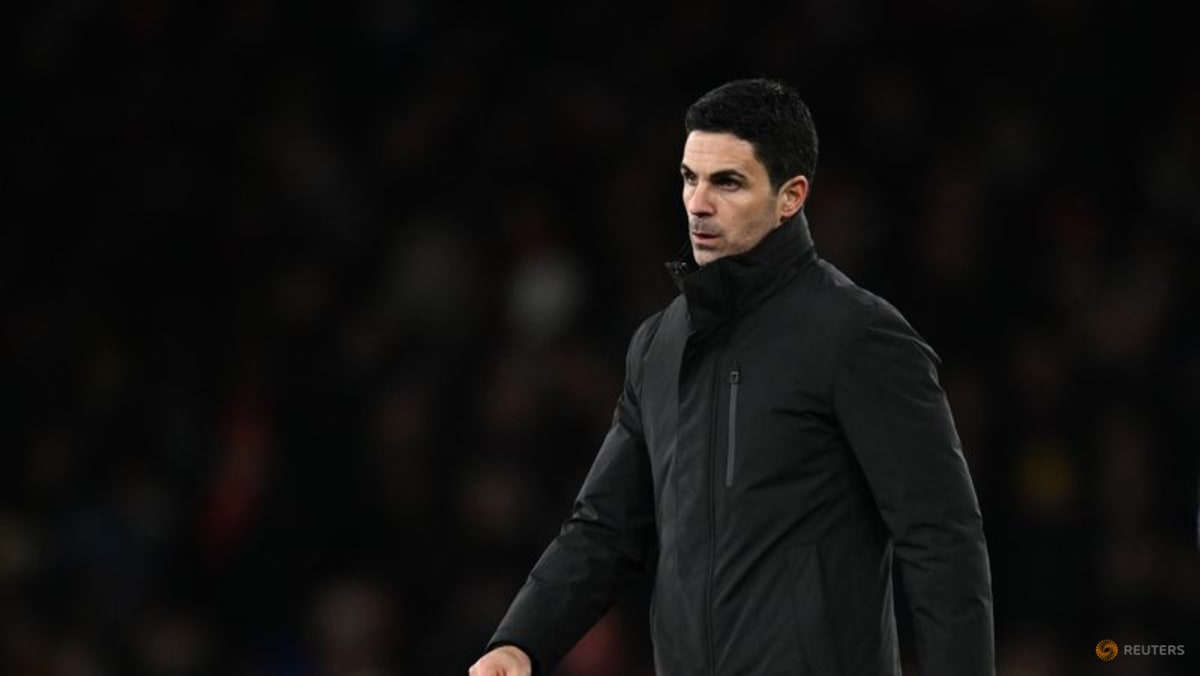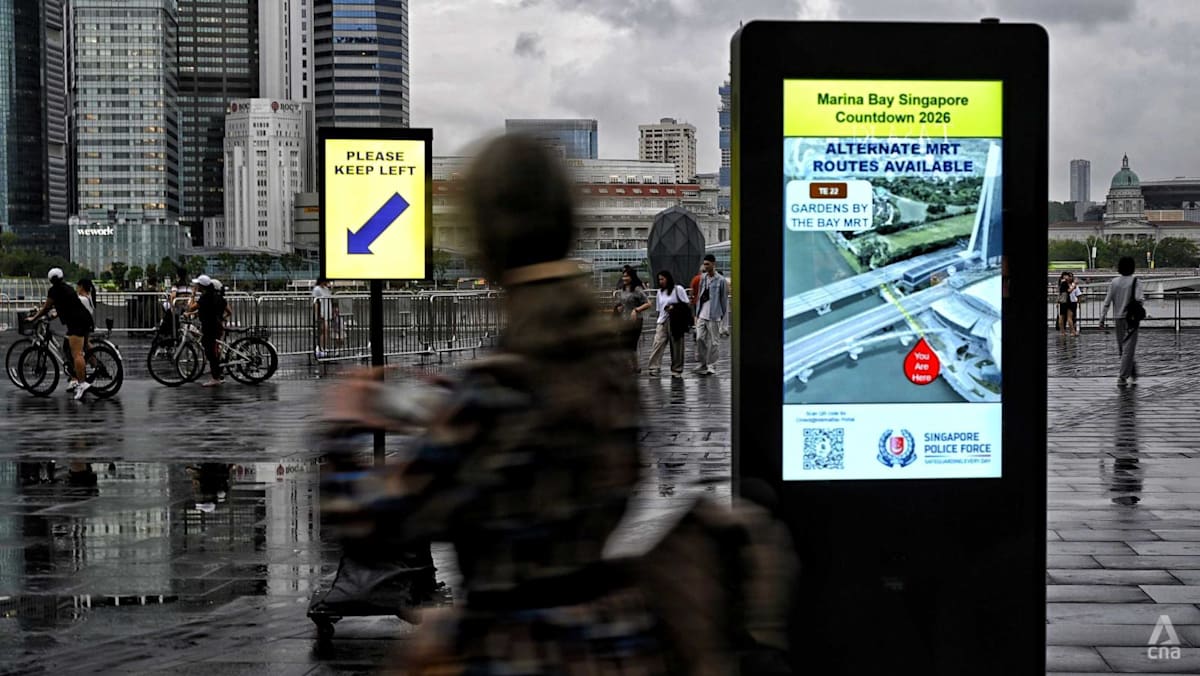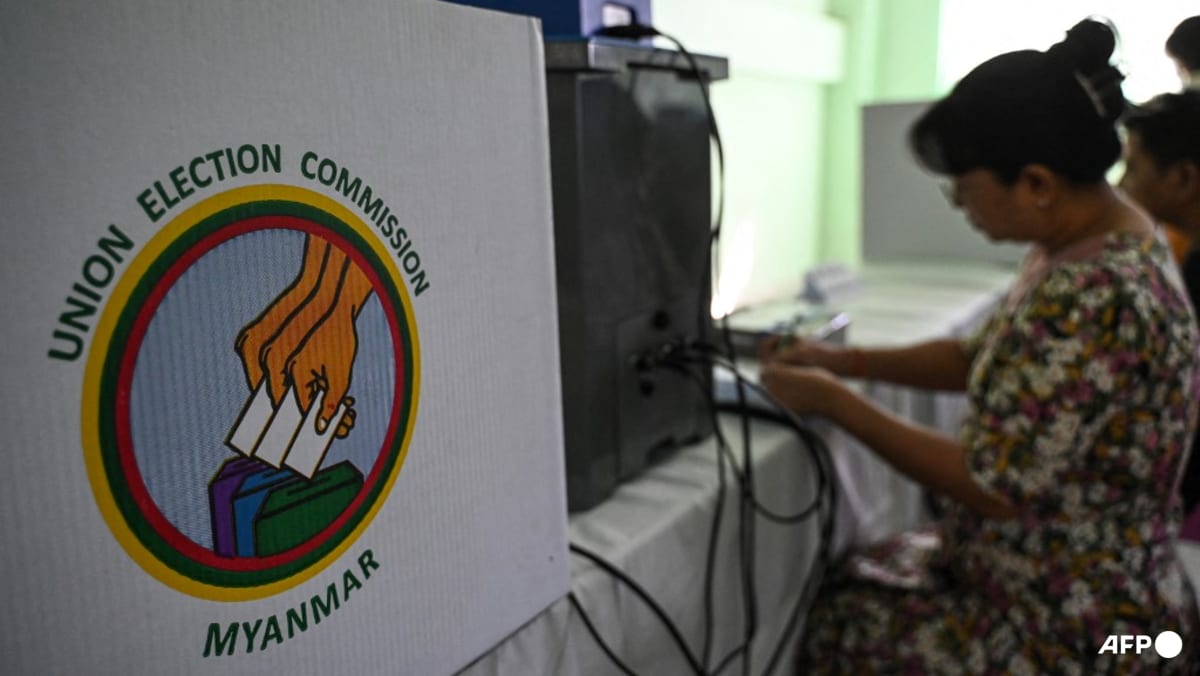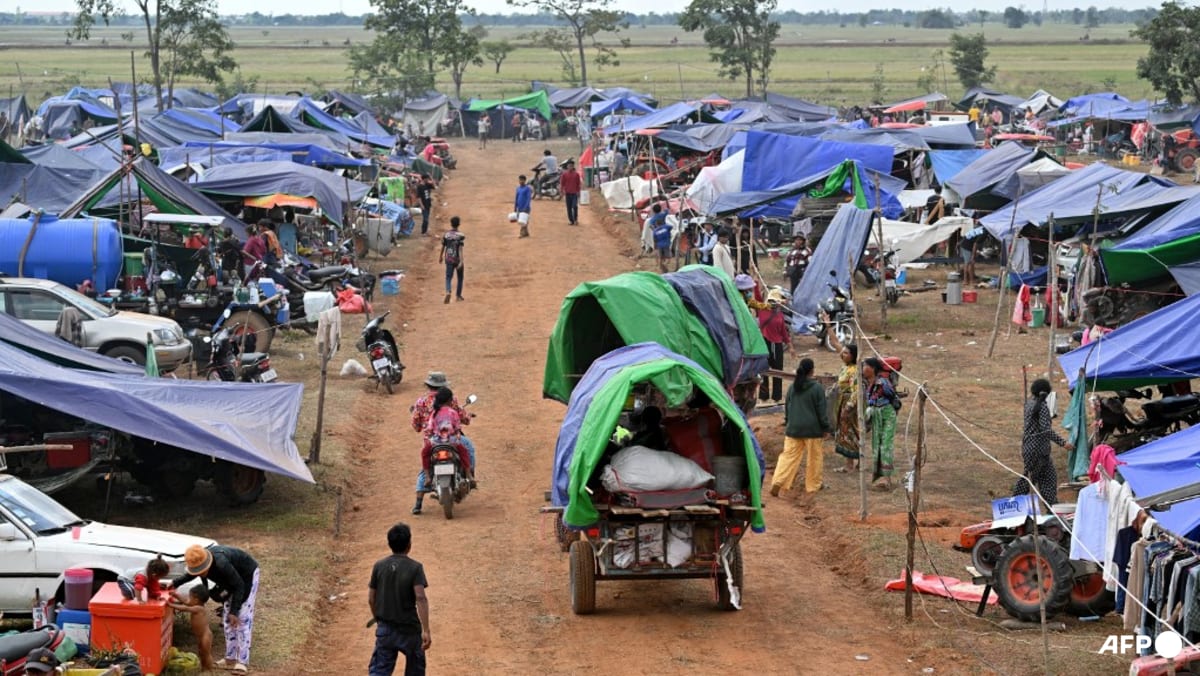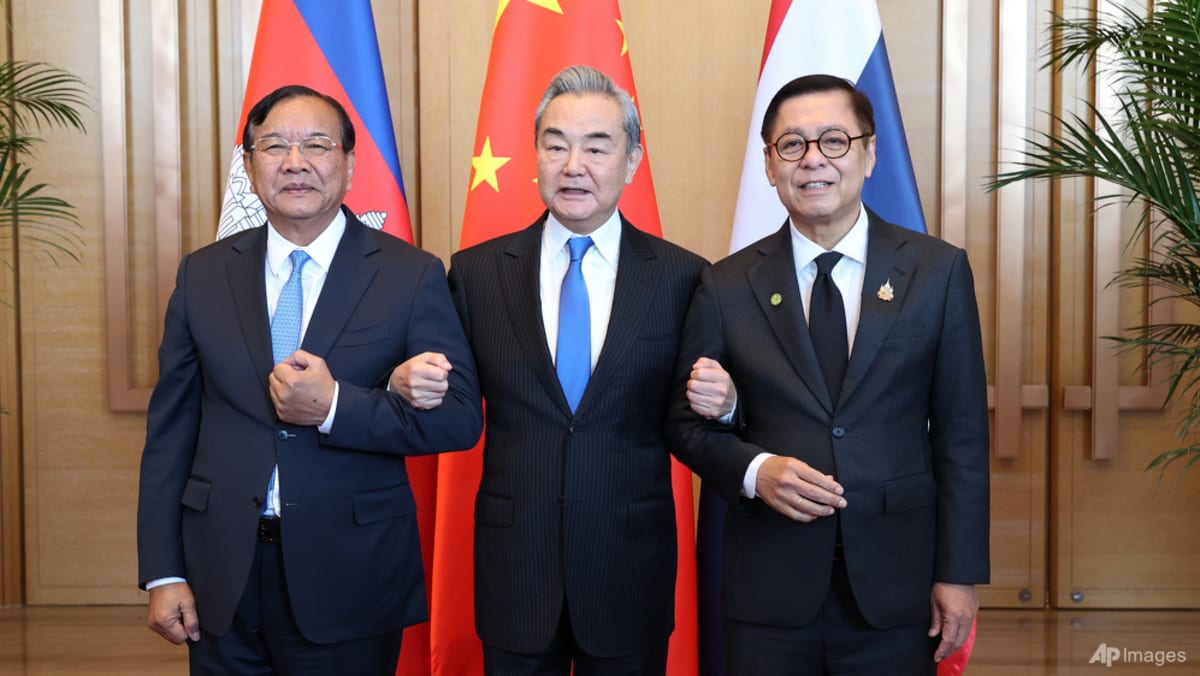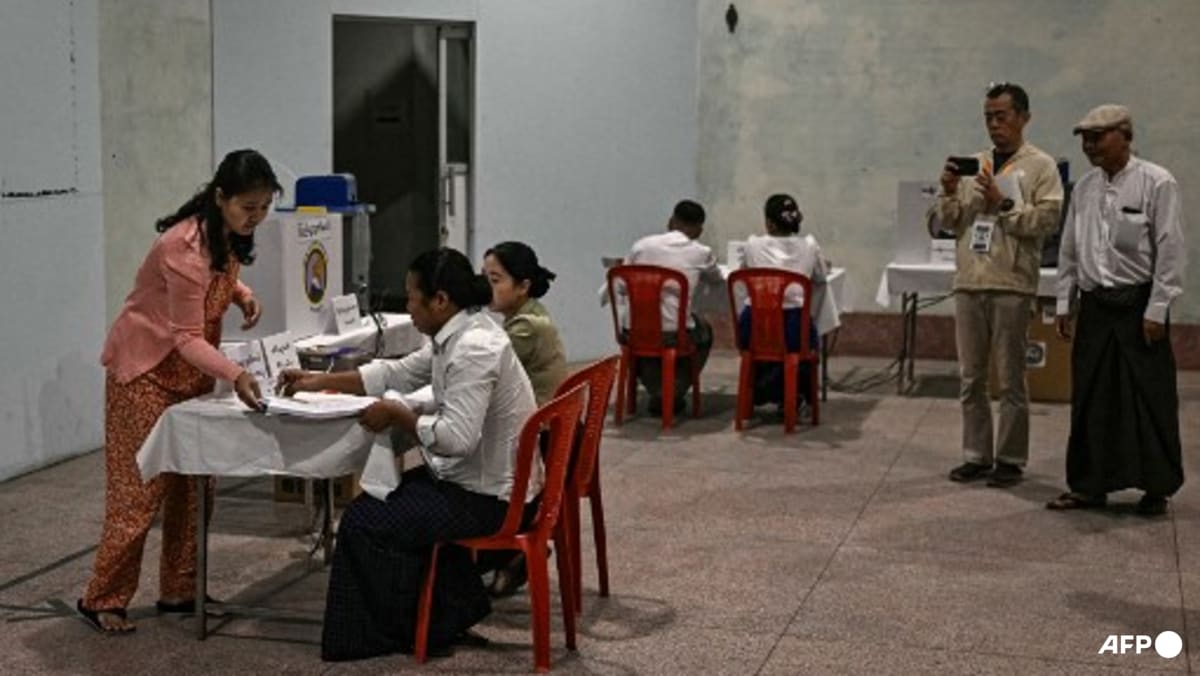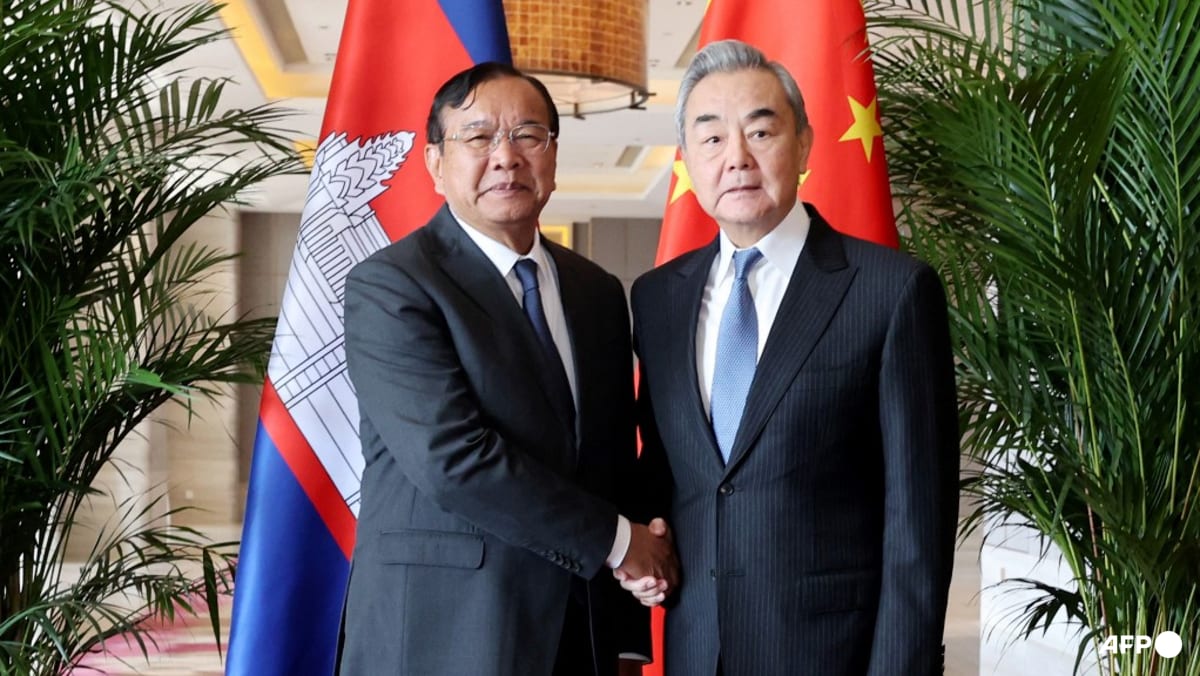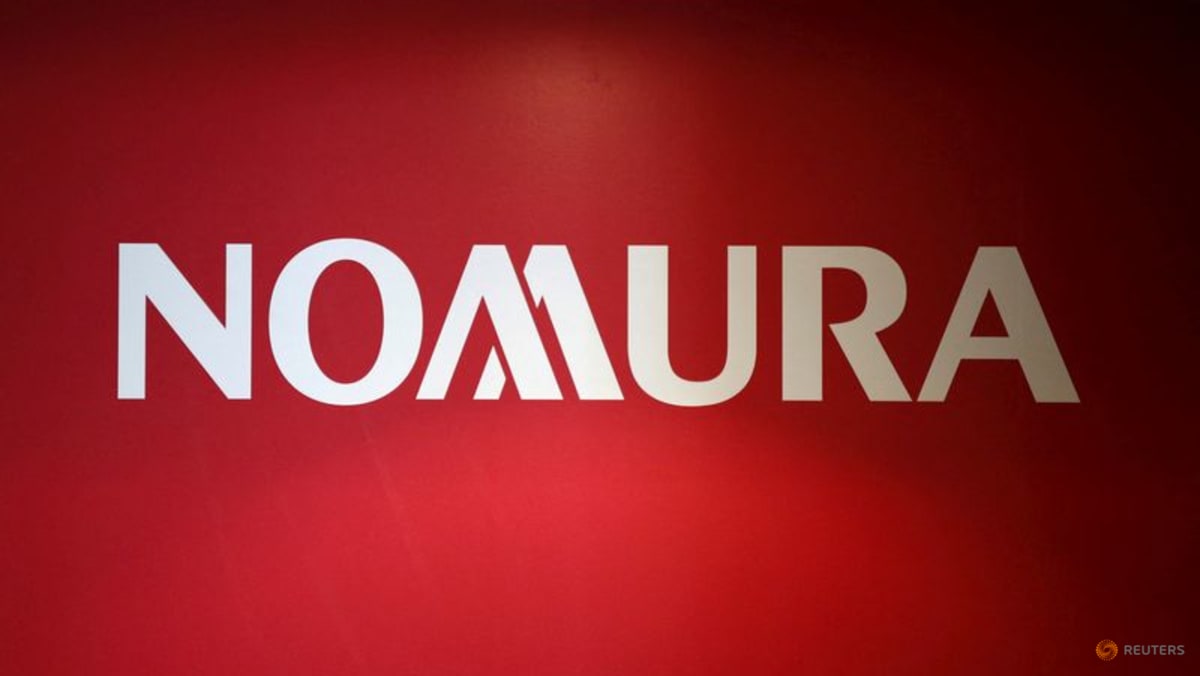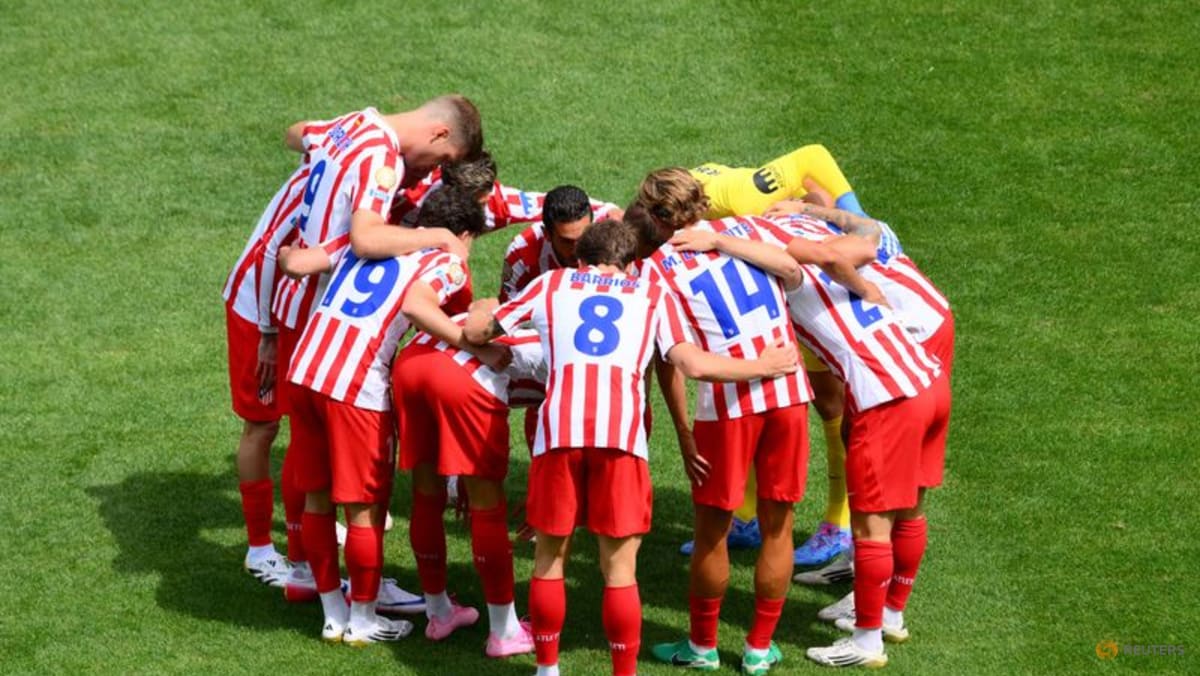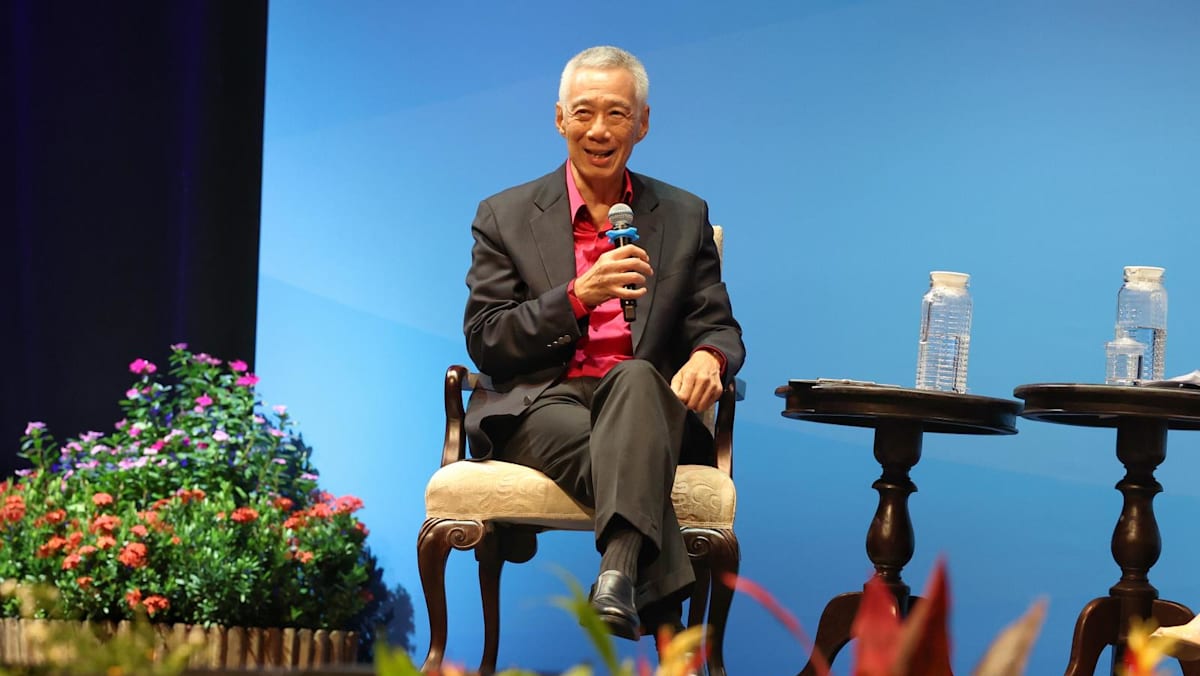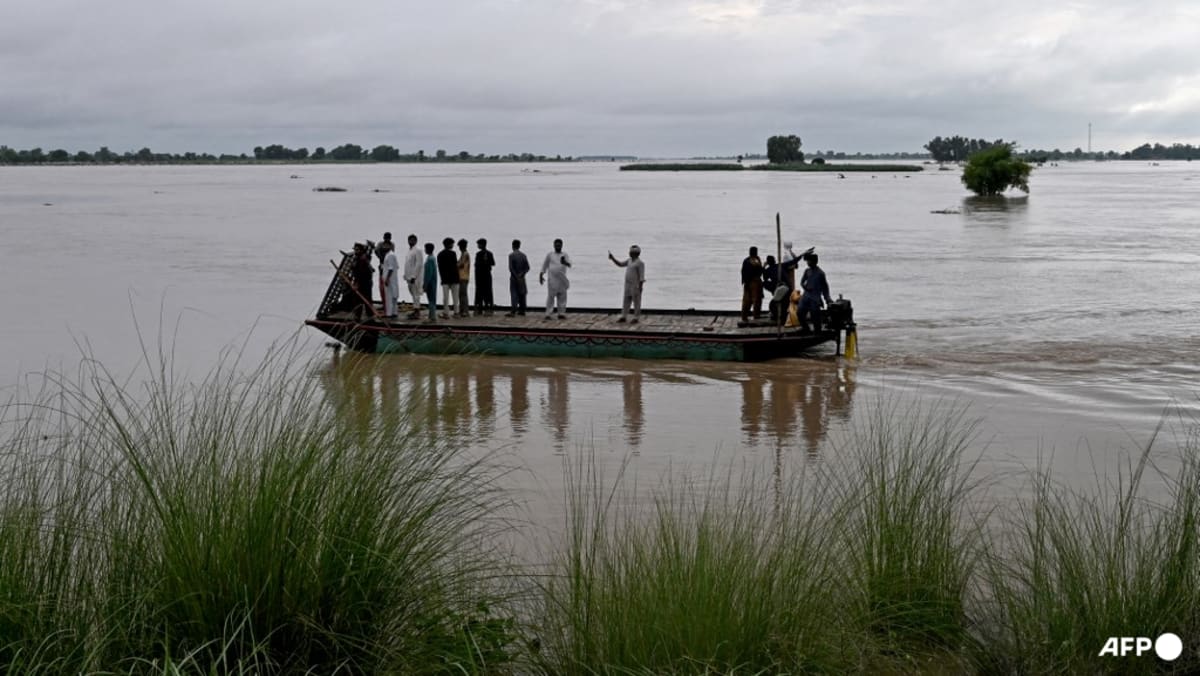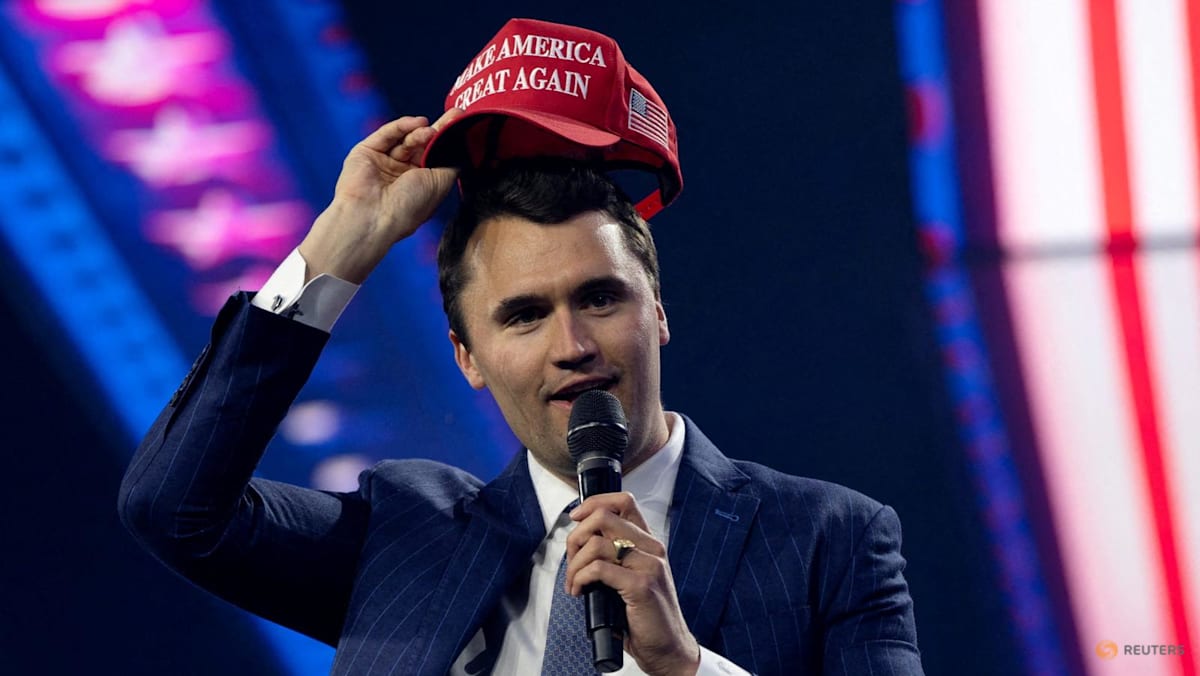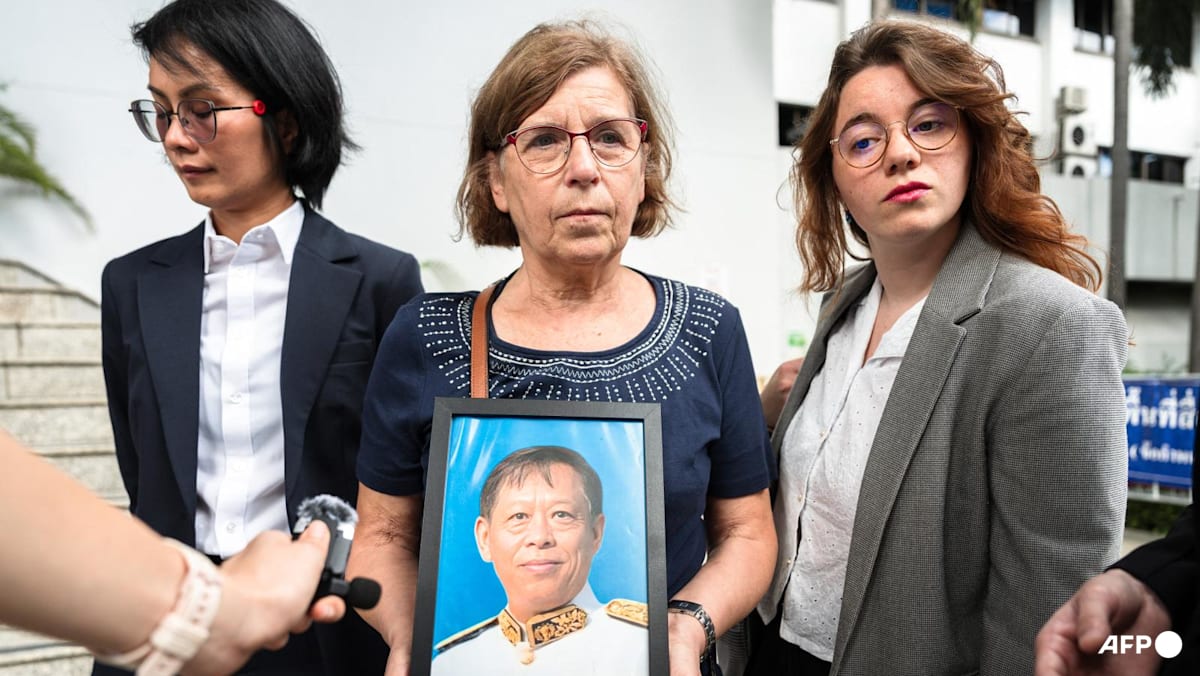The White House has released a 20-point peace proposal to end the war in Gaza - a deal that won the support of Israeli Prime Minister Benjamin Netanyahu on Monday (Sep 29), but still lacks agreement from militant group Hamas.
The plan presents Hamas with a bitter tradeoff, demanding that the group effectively surrender in return for uncertain gains.
But if it rejects the deal, the US could give Israel an even freer hand to continue its punishing campaign in the already devastated territory.
The proposal calls for an immediate ceasefire, an exchange of hostages held by Hamas for Palestinian prisoners held by Israel and a staged Israeli withdrawal from Gaza.
It includes only a vague promise that Palestinian statehood might be possible someday. For the foreseeable future, the plan is to establish a transitional government in Gaza, led by an international body.
Here’s what you need to know about the peace proposal and the likelihood of Hamas accepting its terms.
THE CEASEFIRE
The plan calls for all hostilities to end immediately. Within 72 hours, Hamas would release all hostages it still holds, living or dead. The militants still hold 48 hostages - 20 of whom are believed by Israel to be alive.
In return, Israel would free 250 Palestinians serving life sentences in its prisons as well as 1,700 people detained from Gaza since the war began, including all women and children.
Israel would also hand over the bodies of 15 Palestinians for each body of a hostage handed over.
TROOP WITHDRAWAL
The proposal also involves an Israeli troop withdrawal. But it would only take place after Hamas disarms and as the international security force deploys to fill in areas that Israeli forces leave.
Israel would also maintain a “security perimeter presence” - a vague phrasing that could mean it would keep a buffer zone inside Gaza.
Those terms could bring pushback from Hamas, which has said it will not release all its hostages unless it receives a “clear declaration” that the war will end and Israel will leave Gaza completely.
THE FATE OF HAMAS AND POST-WAR GAZA
Hamas would have no part in administering Gaza, and all its military infrastructure - including tunnels - would be dismantled. Members who pledge to live peacefully would be granted amnesty, and those who wish to leave Gaza would be allowed to.
The international security force would ensure Hamas’ disarmament and keep order. It would also train Palestinian police to take over law enforcement. Mediator Egypt has said it is training thousands of Palestinian police to deploy to Gaza.
Meanwhile, humanitarian aid would be allowed to flow into Gaza in large amounts and would be run by “neutral international bodies”, including the United Nations and the Red Crescent.
It is unclear whether the Gaza Humanitarian Fund, a controversial alternative food distribution system backed by Israel and the US, would continue to operate.
The plan also specifies that Palestinians will not be expelled from Gaza, and that there will be an international effort to rebuild the territory for Palestinians.
Palestinians have feared mass expulsion after both US President Donald Trump and the Israeli government spoke of pushing out Gaza’s population - ostensibly in a “voluntary” manner - and rebuilding the strip as a sort of international real estate venture.
WHO WILL GOVERN GAZA
An interim administration of apolitical Palestinian technocrats and international experts would run day-to-day affairs in Gaza. The plan did not name any Palestinian individual or group as being involved in the transition.
It would also be overseen by a new international transitional body called the “Board of Peace”.
The board would be headed and chaired by Trump, with other members and heads of state to be announced, including former UK Prime Minister Tony Blair.
Earlier reports of Blair's involvement have drawn criticism from advocates due to the history of British imperialism in the region and, in particular, the former prime minister’s involvement in the invasion of Iraq - premised on claims that Iraq had weapons of mass destruction, which were proven false.
The Board of Peace would also supervise funding of Gaza’s reconstruction, a role that could give it enormous power over governing Gaza since that is the biggest task facing the territory, almost completely destroyed by Israel’s campaign.
THE PALESTINIAN AUTHORITY AND STATEHOOD
During this interim administration, the Palestinian Authority would undergo reforms so it could eventually take over governing Gaza.
The plan has only a slight nod to the issue of statehood. It says that if the Palestinian Authority reforms sufficiently and Gaza redevelopment advances, “the conditions may finally be in place for a credible pathway to Palestinian self-determination and statehood”.
WHAT ARE THE CHANCES OF HAMAS ACCEPTING THE PLAN?
Qatar’s prime minister and Egypt’s intelligence chief shared the proposal on Monday evening with Hamas negotiators, who said they would review it in good faith and provide a response.
Hamas has so far rejected disarmament, saying it has a right to resist until Israeli occupation of Palestinian lands ends.
However, Dr Sina Azodi, assistant professor of Middle East politics at George Washington University, told Reuters he believed Hamas would eventually have to agree to the peace plan.
“Everybody agrees that Hamas cannot and should not have any role in the future of Gaza. So I think that that's a settled issue,” he explained.
The group has no other choice except to accept the plan unless they want to bring more bloodshed and resist, said Dr Sina.
“But this will not serve their interest because then everybody will blame Hamas for the continuation of conflict. (The) Israelis and the US administration will have a strong justification for … continuing the war,” he said.
Ms Jessica Genauer, senior lecturer in international relations at Flinders University, also agreed that Hamas would have little room to move at this stage of negotiations.
She told CNA that the latest peace proposal was different since it was a plan Trump was “clearly very keen” on, and the president was trying to throw the full force of his leverage behind it.
Most of Hamas’ leadership has been killed while the war has decimated Gaza’s infrastructure and its residents’ livelihoods, she noted.
“So Hamas does need to agree to something that would lead to an Israeli military withdrawal,” she added.
"Actually Benjamin Netanyahu doesn't have as much room to manoeuvre either ... in that he understands that Israel needs that very important relationship with the US being sort of quite internationally isolated from other countries."
RESPONSE TO THE PLAN
Arab countries appear to back the outline. The governments of Egypt, Jordan, Indonesia, Pakistan, Turkey, Qatar, Saudi Arabia and the United Arab Emirates issued a joint statement applauding Trump’s proposal.
Netanyahu, however, could face resistance from within his own ultra-nationalist coalition allies.
Finance Minister Bezalel Smotrich, who is part of Netanyahu’s security Cabinet, published a list of his “red lines” on X on Monday.
Top among them, he wrote, any deal must not allow involvement of the Palestinian Authority in Gaza or allow a Palestinian state.
Smotrich is one of the more vocal members of the right-wing bloc of Netanyahu’s coalition, who have previously threatened to leave the government if Netanyahu halts the war in Gaza.
Netanyahu may see a loophole. The proposal makes Palestinian Authority involvement in Gaza conditional on its completing internal reforms, which it pledged to do, saying it welcomed Trump’s plan to end the war.
But in his comments alongside Trump on Monday, Netanyahu expressed his belief that it will never successfully do so.



